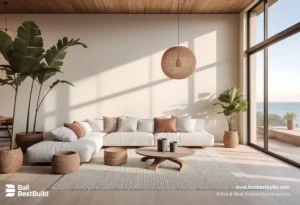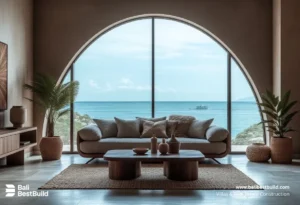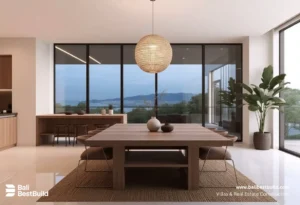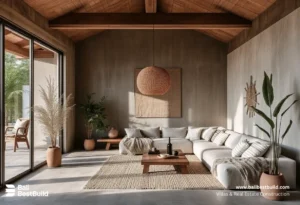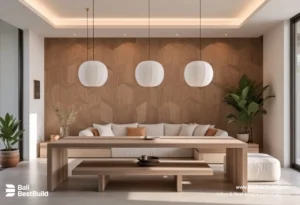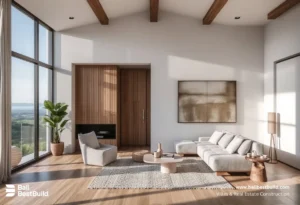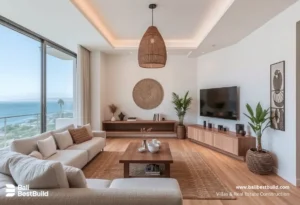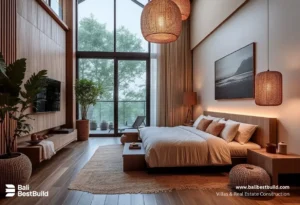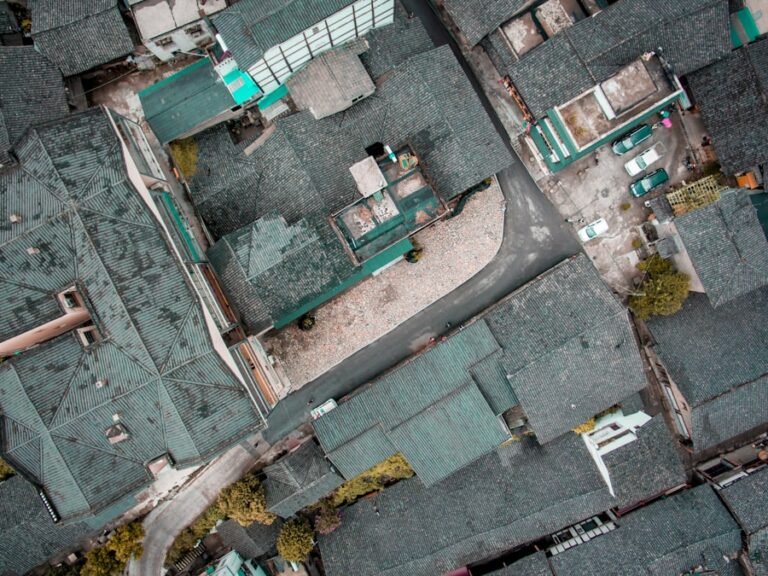Balinese architecture is a unique and integral part of the island’s cultural heritage. It is characterized by its intricate carvings, traditional thatched roofs, and open-air living spaces. The preservation of Balinese architecture is crucial in maintaining the island’s identity and cultural legacy. The architecture reflects the island’s deep spiritual connection to nature and its rich history, making it a significant aspect of Balinese life. By preserving Balinese architecture, we are not only honoring the past but also ensuring that future generations can continue to appreciate and learn from this rich cultural tradition.
Furthermore, Balinese architecture is not just aesthetically pleasing; it also serves practical purposes. The open-air design allows for natural ventilation and cooling, which is essential in the island’s tropical climate. The use of local materials such as bamboo, stone, and wood also reflects the island’s sustainable and eco-friendly ethos. Preserving Balinese architecture is not just about maintaining a visual aesthetic; it is about upholding a way of life that is deeply rooted in the island’s cultural and environmental values.
Balancing Tradition and Modernity in Home Renovation
When it comes to renovating a Balinese home, finding the balance between tradition and modernity is key. While it is important to preserve the traditional architectural elements that give a home its unique character, it is also essential to make the space functional for modern living. This can be achieved through thoughtful design choices that respect the original structure while incorporating modern amenities and conveniences. For example, traditional open-air living spaces can be maintained while adding sliding glass doors for security and privacy.
It is also important to consider the needs of the inhabitants when renovating a Balinese home. Modern families may require more enclosed spaces for privacy and security, which can be achieved without compromising the traditional aesthetic. By carefully integrating modern elements into the existing structure, homeowners can create a harmonious blend of tradition and modernity that respects the past while embracing the present.
Incorporating Sustainable and Eco-Friendly Practices in Balinese Home Renovation
In recent years, there has been a growing emphasis on sustainable and eco-friendly practices in home renovation, and this is especially true in Bali. The island’s natural beauty and environmental consciousness have inspired many homeowners to incorporate sustainable practices into their renovation projects. This can include using locally-sourced materials, implementing energy-efficient design principles, and reducing waste through recycling and repurposing.
One way to incorporate sustainable practices in Balinese home renovation is by using locally-sourced materials such as bamboo, stone, and recycled wood. Not only does this support local artisans and businesses, but it also reduces the carbon footprint associated with transporting materials from afar. Additionally, implementing energy-efficient design principles such as natural ventilation, solar panels, and rainwater harvesting can help reduce the home’s environmental impact while also lowering utility costs.
Embracing Cultural Heritage in Interior Design
In addition to preserving the architectural elements of a Balinese home, it is equally important to embrace the island’s cultural heritage in interior design. This can be achieved through thoughtful decor choices that reflect traditional Balinese craftsmanship and artistic traditions. Hand-carved wooden furniture, intricate batik textiles, and traditional Balinese artwork can all be incorporated into the interior design to create a space that honors the island’s cultural legacy.
Furthermore, embracing cultural heritage in interior design can also help support local artisans and craftsmen. By sourcing decor and furnishings from local makers, homeowners can contribute to the preservation of traditional craftsmanship while also adding unique and authentic touches to their homes. This not only adds character to the space but also helps to sustain the island’s artistic traditions for future generations.
Utilizing Local Materials and Artisanal Craftsmanship in Renovation Projects
One of the key principles of Balinese architecture is the use of locally-sourced materials and artisanal craftsmanship. When renovating a Balinese home, it is important to honor this tradition by utilizing local materials such as bamboo, stone, and wood. Not only does this support local businesses and reduce the environmental impact of construction, but it also ensures that the home remains true to its cultural roots.
In addition to using local materials, incorporating artisanal craftsmanship into renovation projects can add a unique and authentic touch to the home. Hand-carved wooden doors, traditional thatched roofs, and intricate stone carvings are all examples of artisanal craftsmanship that can elevate the aesthetic of a Balinese home. By working with local artisans and craftsmen, homeowners can create a space that reflects the island’s rich artistic traditions while also supporting the local economy.
Adapting Traditional Balinese Design Principles to Contemporary Lifestyles
As Bali continues to evolve and modernize, it is important to adapt traditional Balinese design principles to contemporary lifestyles. This can be achieved through thoughtful design choices that respect the island’s cultural heritage while also meeting the needs of modern families. For example, open-air living spaces can be maintained while incorporating modern amenities such as air conditioning and security features.
Furthermore, adapting traditional design principles to contemporary lifestyles can also involve reimagining the layout and functionality of a Balinese home. This may include creating more enclosed spaces for privacy and security or reconfiguring the layout to better accommodate modern living habits. By carefully considering how traditional design elements can be integrated into a contemporary context, homeowners can create a space that is both culturally rich and functionally practical.
Navigating Legal and Cultural Considerations in Renovating a Balinese Home
When renovating a Balinese home, it is important to navigate both legal and cultural considerations to ensure that the project respects local regulations and traditions. This may involve obtaining permits for construction or renovation work, as well as consulting with local authorities to ensure that the project aligns with cultural norms and traditions. Additionally, it is important to work with local architects and builders who have a deep understanding of Balinese architecture and cultural practices.
In addition to legal considerations, it is also important to respect cultural traditions when renovating a Balinese home. This may involve consulting with local elders or community leaders to ensure that the project aligns with cultural customs and traditions. By approaching the renovation process with sensitivity and respect for local regulations and traditions, homeowners can create a space that not only honors the island’s cultural heritage but also contributes positively to the local community.
In conclusion, preserving and renovating Balinese architecture requires a delicate balance between tradition and modernity, sustainability, cultural heritage, local materials, artisanal craftsmanship, adapting traditional design principles to contemporary lifestyles, as well as navigating legal and cultural considerations. By approaching renovation projects with these considerations in mind, homeowners can create spaces that honor Bali’s rich cultural heritage while also meeting the needs of modern living. Ultimately, preserving Balinese architecture is not just about maintaining a visual aesthetic; it is about upholding a way of life that is deeply rooted in the island’s cultural and environmental values.

